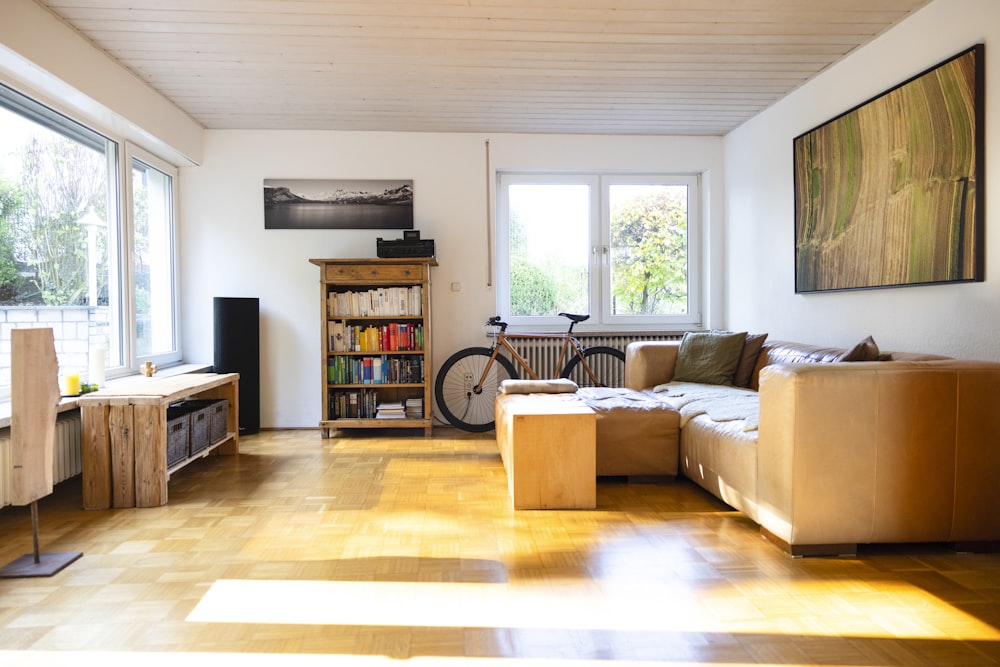
Embracing Simplicity Minimalist Interior Design Inspirations
Introduction:
In a world filled with constant noise and clutter, there’s something inherently calming about minimalist interior design. Embracing simplicity doesn’t mean sacrificing style or comfort; rather, it’s about paring down to the essentials and creating spaces that are both beautiful and functional. In this article, we’ll explore the principles of minimalist interior design and how you can incorporate them into your own home for a serene and sophisticated aesthetic.
The Beauty of Minimalism:
Minimalist interior design is all about stripping away the excess to reveal the beauty of simplicity. Clean lines, uncluttered spaces, and a neutral color palette are hallmarks of this aesthetic. By focusing on quality over quantity and emphasizing thoughtful design choices, minimalist interiors exude a sense of tranquility and elegance that is truly timeless.
Creating Space:
One of the key benefits of minimalist interior design is the sense of space it creates. By decluttering and simplifying your surroundings, you can make even the smallest of rooms feel larger and more open. Opt for furniture with sleek lines and minimal ornamentation, and keep decorative accents to a minimum. Embrace negative space and allow your furnishings to breathe, creating a sense of calm and clarity in your home.
Natural Light and Airiness:
Natural light plays a crucial role in minimalist interior design, illuminating spaces and highlighting their simplicity. Opt for sheer curtains or blinds that allow plenty of sunlight to filter in, and keep windows unobstructed to maximize views and enhance the sense of openness. Mirrors can also be used strategically to reflect light and create the illusion of more space, further enhancing the airy feel of minimalist interiors.
Simplicity in Materials:
When it comes to materials, less is often more in minimalist interior design. Stick to natural materials such as wood, stone, and metal, which add warmth and texture to your home while maintaining a clean and cohesive aesthetic. Avoid overly ornate or decorative elements, opting instead for simple, understated finishes that allow the beauty of the materials to shine through.
Decluttering and Organization:
A key principle of minimalist interior design is decluttering and organization. Take the time to edit your belongings and only keep items that serve a purpose or bring you joy. Invest in clever storage solutions such as built-in cabinets, floating shelves, and multifunctional furniture to keep clutter at bay and maintain a sense of order in your home. By eliminating excess and prioritizing functionality, you can create a space that feels calm, balanced, and harmonious.
Color Palette and Texture:
In minimalist interior design, the color palette is often kept simple and restrained, with a focus on neutral tones such as white, beige, gray, and taupe. These hues provide a serene backdrop for your furnishings and allow them to take center stage. To add visual interest and depth to your space, incorporate texture through textiles, rugs, and accessories. Think soft fabrics, natural fibers, and tactile finishes that invite touch and create a sense of coziness in your home.
Mindful Decorating:
When it comes to decorating a minimalist interior, less is definitely more. Instead of filling your home with knick-knacks and decorative items, choose a few carefully curated pieces that speak to your personal style and enhance the overall aesthetic of your space. Opt for pieces with clean lines and simple shapes, and avoid anything overly fussy or ornate. By being mindful about what you bring into your home, you can create a space that feels curated, intentional, and truly reflective of who you are.
Bringing Nature Indoors:
Incorporating elements of nature into your minimalist interior design can help create a sense of balance and harmony in your home. Consider adding indoor plants or botanical prints to bring a touch of greenery and life to your space. Natural materials such as wood, rattan, and bamboo can also help soften the look of minimalist interiors and create a connection to the outdoors. By embracing the beauty of nature, you can create a space that feels tranquil, inviting, and in tune with the world around you.
Conclusion:
Minimalist interior design is more than just a decorating style; it’s a way of living that celebrates simplicity, mindfulness, and intentionality. By embracing the principles of minimalism and paring down to the essentials, you can create a home that feels calm, balanced, and truly reflective of who you are. So take a cue from minimalist design and declutter your space, simplify your surroundings, and embrace the beauty of simplicity in every aspect of your home. Read more about minimalist style interior design



